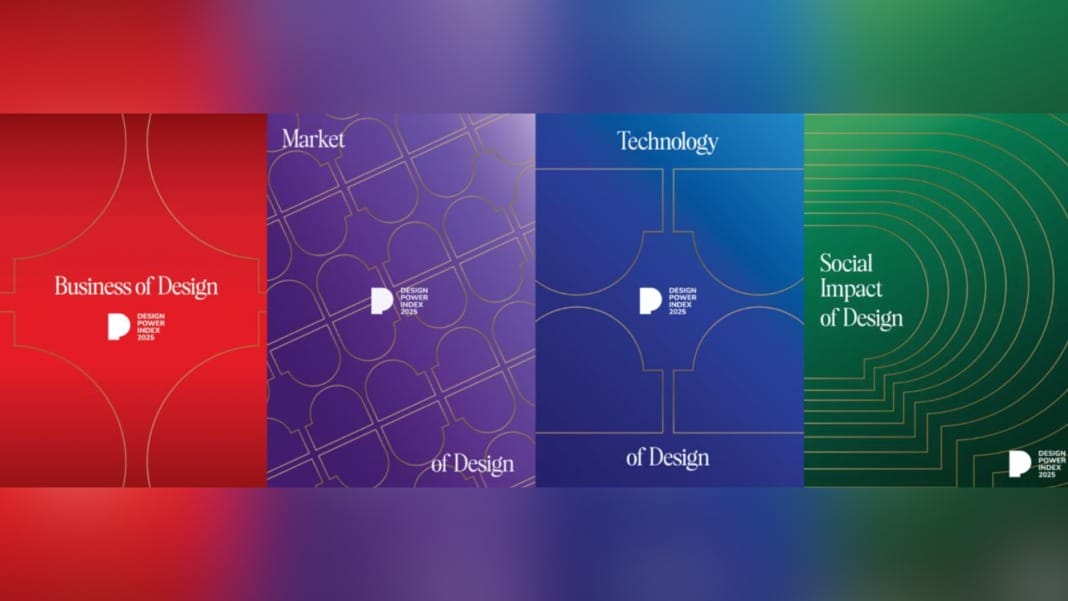Singapore has introduced the world’s first index designed to measure the economic and social impact of design. The Design Power Index (DPI) was unveiled at the inaugural World Design Business Forum (WDBF), organised by the Design Business Chamber Singapore (DBCS) and global creative change firm Consulus.
The index provides a longitudinal framework that shifts design beyond aesthetics, positioning it as a measurable driver of economic value and social progress. It will be updated annually to capture changes in business, technology, and society.
In its first phase, the study benchmarked leading organisations in Singapore. Companies featured on the inaugural list include UOB, Razer, Banyan Tree, and Carousell, alongside Kingsmen Creatives, ONG&ONG, Prism+, Hegen, Birds of Paradise, Dementia Singapore, and the Centre for Healthcare Innovation. Collectively, the market value of the organisations that accepted nominations for the index is estimated at S$20 billion.
A strategic shift in design’s role
Speaking at the launch, Chee Su Eing, Global Chairperson of the soon-to-be-launched World Design Business Organisation (WDBO), said, “We live in an age where economies are being redrawn by AI, shifting trade flows, and climate change, and yet design still sits in the blind spot of most economic models. The DPI has been created to prove that design is not just decoration, but a driver of growth and long-term advantage, and we’re glad to see it all come alive at the forum here.”
The forum, themed “Flourishing by Design,” gathered economists, academics, policymakers, and business leaders to discuss how design can be harnessed as a tool for competitiveness in today’s uncertain global economy. Discussions explored the links between design, artificial intelligence, trade, and sustainability.
The DPI analyses design’s influence across four dimensions:
- The Business of Design, where firms such as Kingsmen Creatives and V3 Group transform expertise into intellectual property that shapes experiences and skylines.
- The Market of Design, with brands like Prism+ and Hegen showing how distinctive design can create entirely new markets and global legacies.
- The Technology of Design, demonstrated by Razer and Carousell, where design simplifies complex innovations into user-friendly platforms.
- The Social Impact of Design, with healthcare pioneers such as Dementia Singapore and the Centre for Healthcare Innovation using design to improve systems for the nation’s future.
Expanding beyond Singapore
Hong Khai Seng, President of DBCS, emphasised the wider purpose of the initiative. “Every product, every service, no matter how small, has the potential to create ripples of social, ecological, and economic impact. We want to spotlight the early visionaries already practising this ethos, and invite others to consider what ‘flourishing by design’ could mean for them. This is not just about making better designs, but about designing for better lives, not for a few, but for everyone.”
The DPI comes at a time when cross-border collaboration in design is accelerating. The Singapore University of Technology and Design recently partnered with 12 universities worldwide, including Parsons in the US and Tsinghua in China, to form the first Design Alliance focused on advancing design and AI in education. Other initiatives, such as the Shakti Design Residency in India and the London Design Biennale 2025, highlight how design is increasingly viewed as a global language for innovation.
Looking ahead, the DPI will expand over the next three years to include national indexes across Asia, Europe, and the United States. This will create a shared global benchmark for measuring design’s economic impact, influencing investments, policy, and strategies for resilience and growth.
On 25 November, DBCS will also launch the World Design Business Organisation during its 40th anniversary gala dinner, extending its model globally to advocate for design as a cornerstone of economic strategy.





